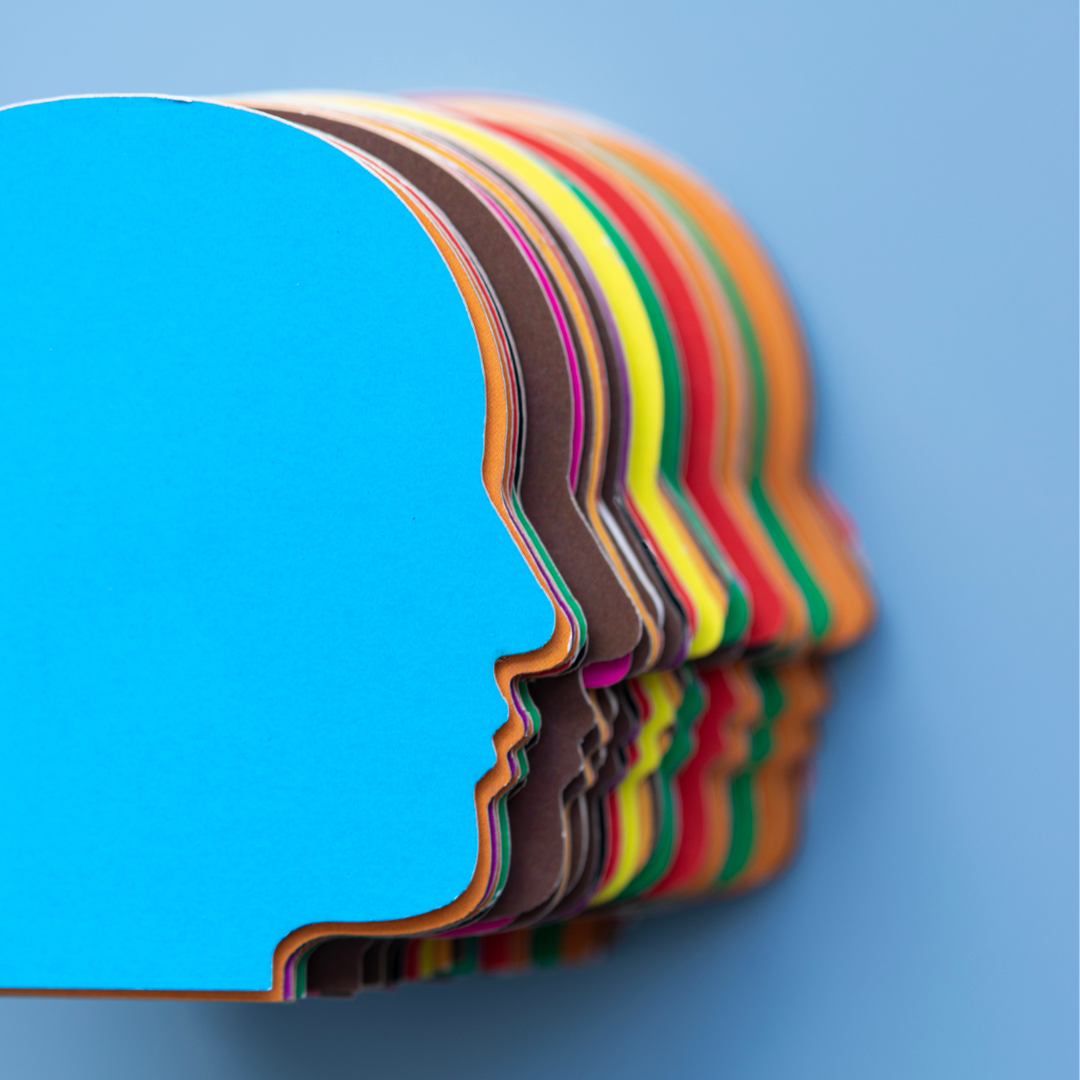Since the pandemic, it has become evident that a single group of people can’t be healthy unless all are healthy. Inversely, a community benefits when all its members are well and taken care of, regardless of specific demographics. This is less evident, but equally important when it comes to mental health care. Mental health equity is a social catalyst for social justice and equal opportunity, disparities reduction, public health, and other factors of positive change.
How to Improve Mental Health Equity, What it is & Why it Matters
Mental health equity describes the concept of aiming to provide equal access to healthcare concerning mental wellness. Every person should be able to be in a state of mind free of stress and instability, and with an opportunity to learn well, work well, and contribute to their communities. However, this is not always the case, as people with different social, economic, and cultural backgrounds do not share the same access to mental healthcare.
Promoting how to improve mental health equity means working towards improving all the social factors that allow all patients to be as healthy as possible, such as employment, proximity to services, and most of all, culturally responsive health. All these have a very real and quantifiable effect on society: for example, according to Modern Health, 80% of those who addressed their mental health concerns reported improved work satisfaction levels.
What are the Challenges & Obstacles of Mental Health Equity?
A number of factors can lead certain groups to see their access to mental health be limited compared to others. For one, the lack of health providers from the same racial, ethnic, or gender group, for example, or instances of racial, ethnic, or gender discrimination or even violence can dissuade patients from seeking help. Employability, adequate health insurance coverage, and poverty can also produce stress that is linked to patients who are part of racial and ethnic groups.
The link to patients from the LGBTQ+ community is also evident in a study by Project Thrive that analyzed the CDC data. According to the study, 54% of LGBTQ+ youth are battling symptoms of depression, as opposed to 29% of non-LGBTQ youth.
How to Improve Mental Health Equity?
Improving the state of mental health equity can be as difficult as tackling social and racial inequality as a whole; that being said, there are things you can do that can prove life-changing, in a more short-term fashion.
The first step is to make sure you do not suffer from mental disorders like depression. This can be done by utilizing online resources for early detection that are low-cost or free before seeking the professional opinion of a therapist or a counselor. Remember that you can always perform the LANGaware screening tool on depression, to check if you do need to consider a more costly solution.
Creating a less stressful and more inclusive environment is proposed by CDC, which lists several behavioral changes that can deeply affect you and your community. These include enhancing your knowledge of mental health and coping skills and practices, sharing this knowledge with others, and learning how to use language in a non-stigmatizing, unbiased manner.
These will not always prove to be enough, so remember that a key element is to not hesitate to seek professional help that is inclusive and equity-aware, like the tools and resources found here, or the help of a trusted healthcare provider.
A Small Push Towards a Healthier Future
Both social change and new technologies make it as easy as ever to start taking care of yourself as much as possible. Online resources and tools can be that small push you need to see that there is help available and that the right people are there to help you regardless of your background, status, or orientation.







